5 Ocean Animals That are Faster than Michael Phelps
Published by Ocean Conservancy
Olympic swimmer Michael Phelps is known for his speed (hey, you don’t become the most decorated Olympian of all time without a little hustle). But this 28-time Olympic medalist has some serious competition in the animal kingdom—especially in the ocean.
In honor of Michael Phelps’ race against a great white shark for Shark Week, we thought we’d compile a list of other animals who would give Phelps a run (swim?) for his money.
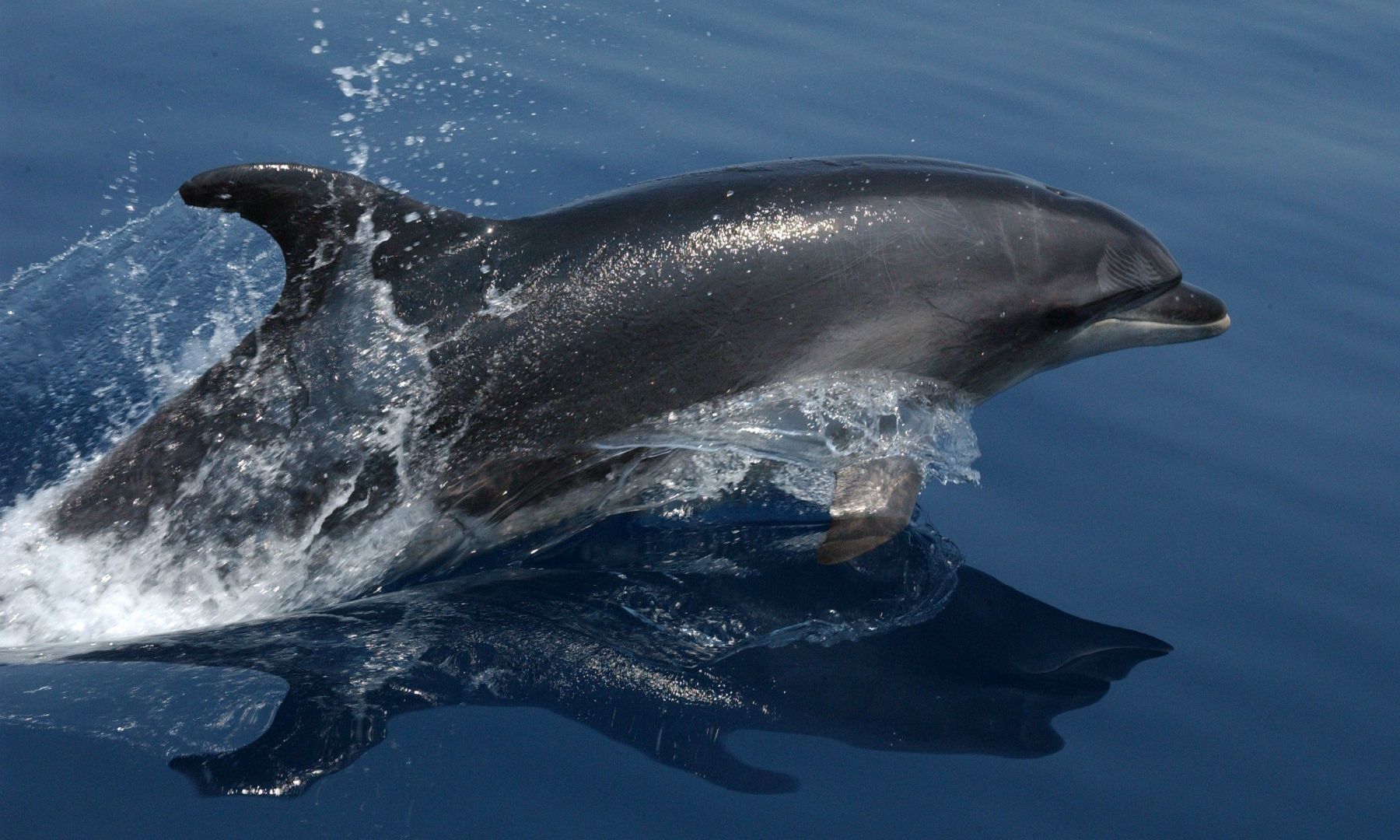

Bottlenose dolphin
A bottlenose dolphin’s body is sleek and streamlined, allowing it to swim at speeds over 18 miles per hour. They come to the surface to breathe two or three times a minute—even the fastest swimmers need oxygen! In addition to being speedy, they also have endurance—on any given day, a bottlenose dolphin can swim up to 100 miles. Their acrobatics aren’t bad either: you can see dolphins swimming close to shore, breaching (shooting out of the water) and lobtailing (slapping their tails onto the surface of the water). You can even catch them doing high flips out of the water.
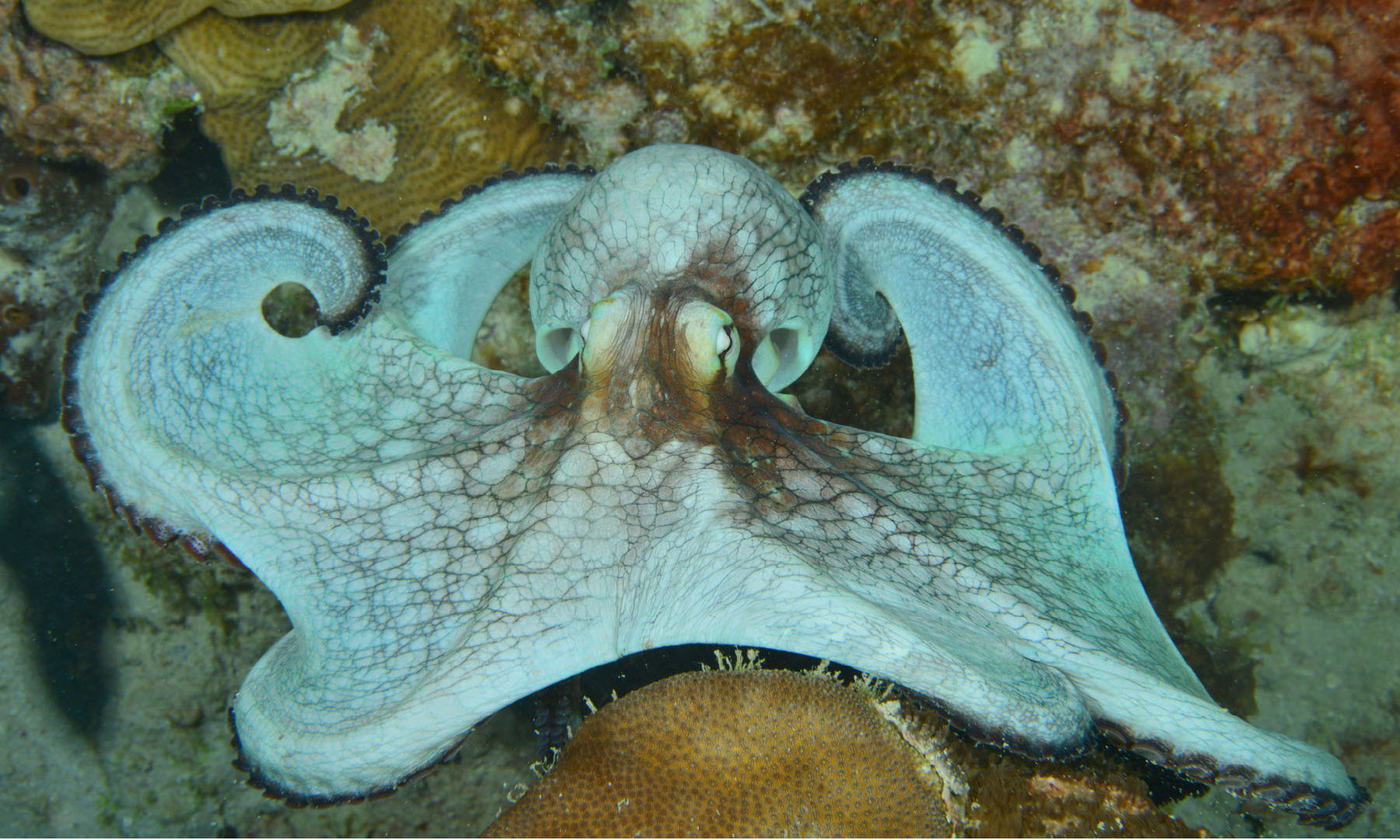

Common octopus
Unlike the other streamlined ocean animals on this list, octopuses don’t scream “speedy” at first glance. But these intelligent invertebrates can scoot along at speeds up to 25 miles per hour. They use a method called jet propulsion, which is also seen in other cephalopods like squid. Octopuses will suck water into a muscular sac, then quickly expel it through a small tube called a siphon. The force of the water moving out of the siphon pushes the octopus in the opposite direction—the more force used, the faster the animal moves.
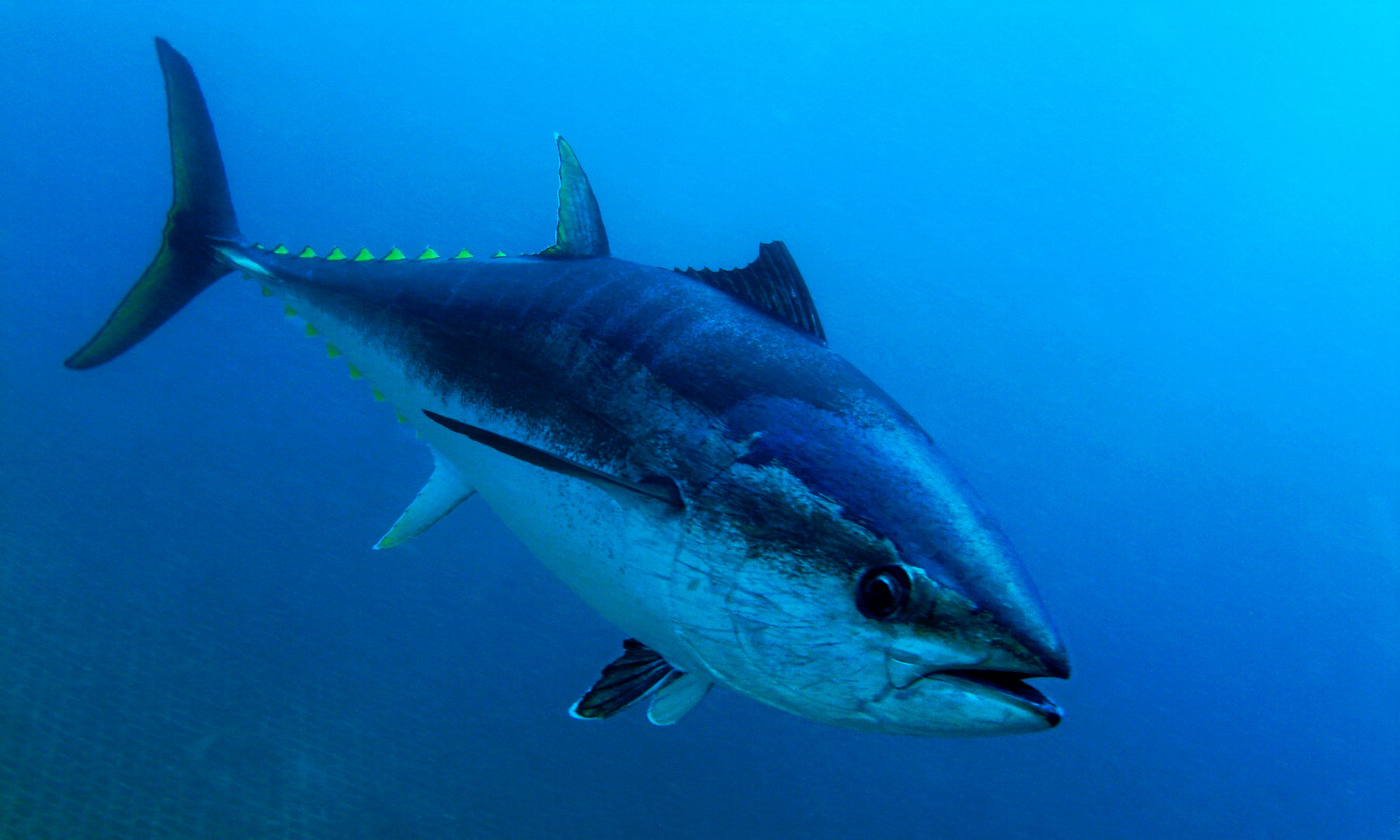

Bluefin tuna
Take one look at a Bluefin tuna and it’s no surprise they are fast animals: they are built like torpedoes. They race through the water at speeds up to 43 miles per hour. Their pectoral (side) fins can retract and their eyes are flush with their bodies, forming a streamlined shape that helps with speed and endurance. Their shiny metallic coloring, blue on top and white on bottom, is great camouflage from onlookers above and below. However, Bluefin tuna are massive, which makes them hard to miss—on average, they are 6.5 feet long, and weigh 550 pounds!
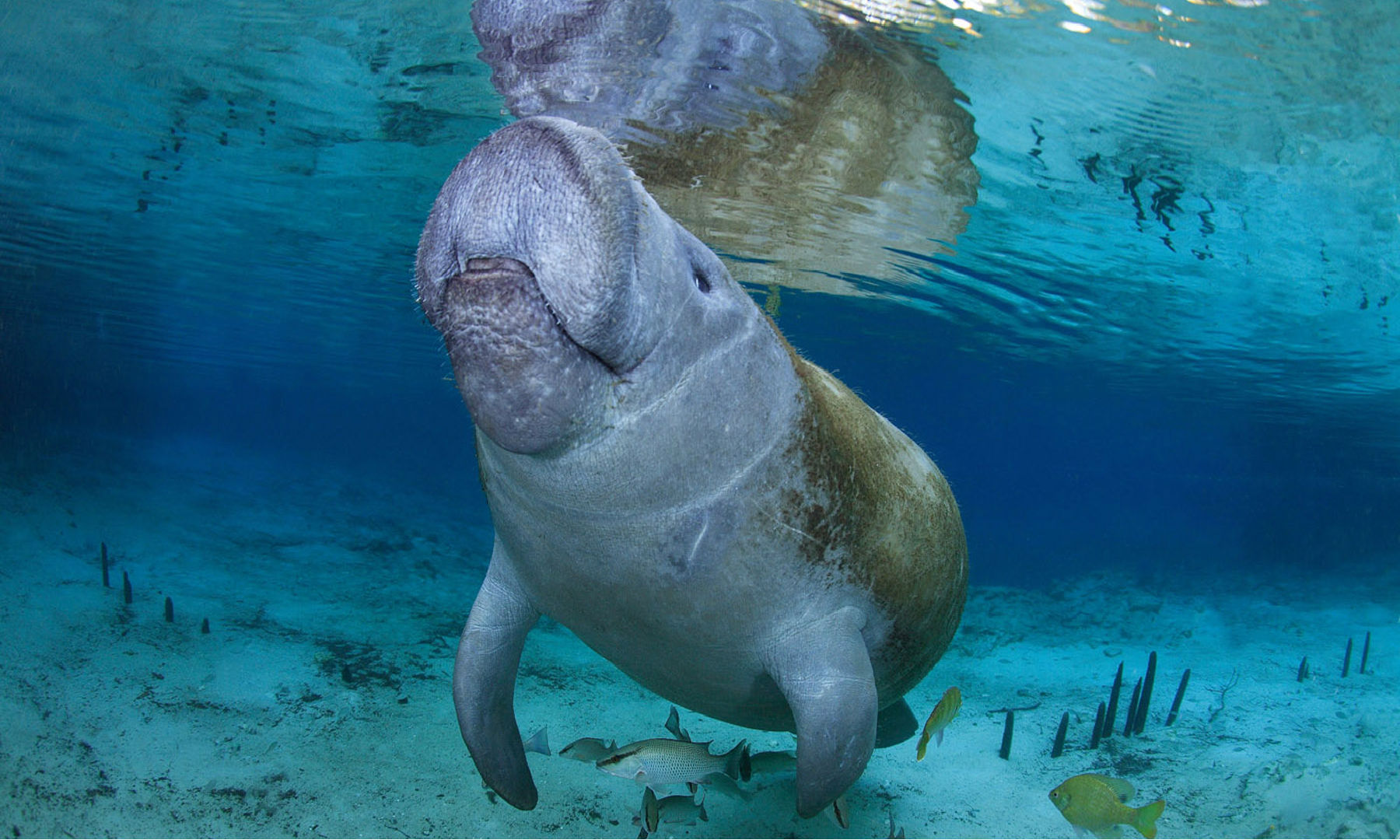

Manatee
Don’t let their mellow, relaxed demeanor fool you—manatees can move. Typically, they drift slowly through canals and coastal areas at a rate of about five miles per hour. But don’t underestimate them: they can travel at speeds close to 15-20 miles per hour, but only in short bursts. This extra exertion of energy means they have to breathe more frequently, coming up to the surface almost every 30 seconds, rather than the average pace of once every three to five minutes. When resting and exerting very little energy, they can stay submerged for up to 20 minutes.
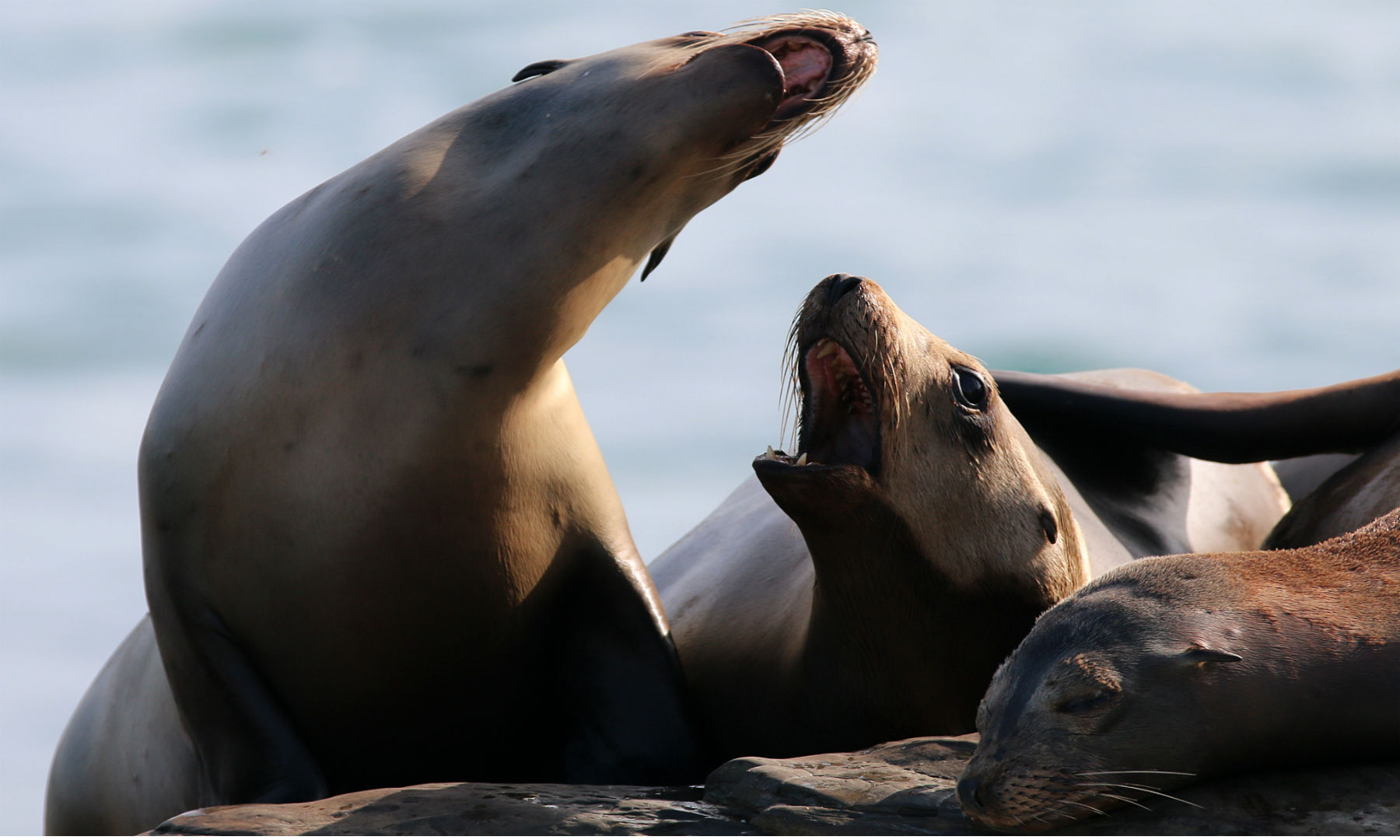

California sea lion
California sea lions are speed demons, and can swim up to 25 miles per hour underwater—that’s faster than any other sea lion or seal! That’s because they have a streamlined, torpedo-shaped body that helps them power through the water using their strong front flippers. Underwater, their back flippers help them steer, and on land, they help push the animals forward as they “walk,” although they’re much more graceful when they swim.
Side note –one of the ways you can tell the difference between a seal and a sea lion is that sea lions use their flippers to “walk” on land, whereas seals scoot along on their bellies.
There may be some animals Michael Phelps can’t out swim, but to be fair, evolution is really on their side. And hey, Michael, don’t be discouraged— your top speed is six miles per hour but sea otters can only get up to 5.6! You can totally out swim an otter.
The post 5 Ocean Animals That are Faster than Michael Phelps appeared first on Ocean Conservancy.
Read the full article at: https://oceanconservancy.org/blog/2017/07/24/5-ocean-animals-faster-michael-phelps/


